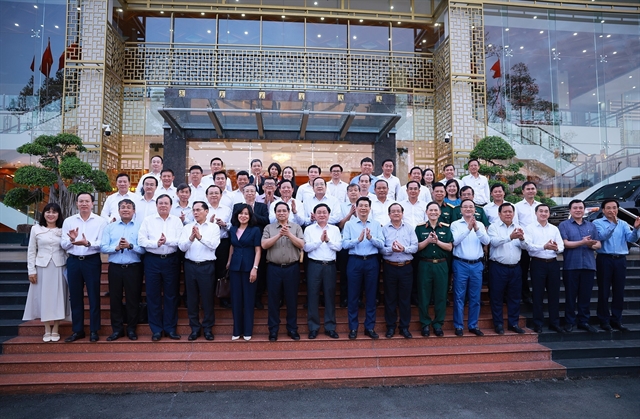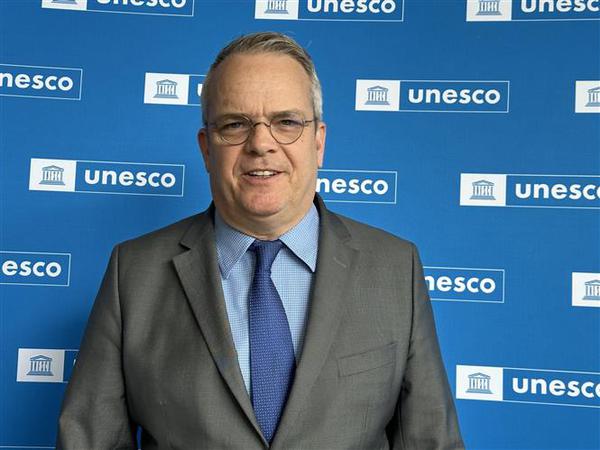 Politics & Law
Politics & Law


|
| Viet beliefs in the Mother Goddesses of Three Realms was recognised by UNESCO as an intangible cultural heritage of humanity. — VNA/VNS Photo |
PARIS — Chief of the Intangible Cultural Heritage Section of UNESCO and Secretary of the 2003 Convention Tim Curtis has remarked that Việt Nam has played an active role in implementing the Convention for the Safeguarding of the Intangible Cultural Heritage (2003 Convention) at both international and national scales.
In an interview granted to Vietnam News Agency's correspondent in Paris, Curtis said that Việt Nam is currently home to 15 recognised intangible heritages and the first country to switch some heritages from the list of urgent protection to the list of the common heritage of humanity.
The country has also shown its active role through its engagement in the Intergovernmental Committee for the Safeguarding of the Intangible Cultural Heritage twice.
Việt Nam has supplemented the Cultural Heritage Law 2009 with a number of new cultural policies, including the recognition of intangible cultural heritage.
Currently in Việt Nam, intangible cultural heritages are recognised not only in national policies but also by all regions, all localities and all ethnic groups, he said, hailing Việt Nam’s strong efforts in the work.
Việt Nam has been aware of the role of culture in sustainable development and has put culture at a high position in its national development policy, he stated, underlining that this is an important message that the country is spreading.
According to Curtis, the 2003 Convention, which has been in effect for 20 years, has been ratified by 181 UNESCO member countries, showing that the convention is meaningful for all.

|
| Chief of the Intangible Cultural Heritage Section of UNESCO and Secretary of the 2003 Convention Tim Curtis. — VNA/VNS Photo |
Regarding measures that Việt Nam should take to protect its intangible cultural heritages, Curtis said that the protection of intangible cultural heritage takes place through the transfer between generations which must ensure its continuity.
It is necessary to design new mechanisms, while working with communities and integrating knowledge on heritage into education and paying more attention to young people, as they are who will transfer the knowledge to future generations, he said.
Overall, the protection of intangible cultural heritage should aim at achieving sustainable development goals either in agriculture, education or poverty reduction, he said, adding that intangible cultural heritage matters should also be integrated into development policies. Việt Nam has so far shown strong performance in the work and should continue to follow this direction, the UNESCO official stated. — VNS




